The Tower of London is famous for it’s gorey history as a place of imprisonment, torture, and executions. With it’s position on the bank of the River Thames, it served as the point of entry into London and over time had many extensive and essential functions.
Here are just a few:
Showing neighboring nations the power and prosperity of England. With its 45 ft-thick walls and 20 towers (13 of which were on the inner walls) it had plenty protection and points of overlook and/attack.
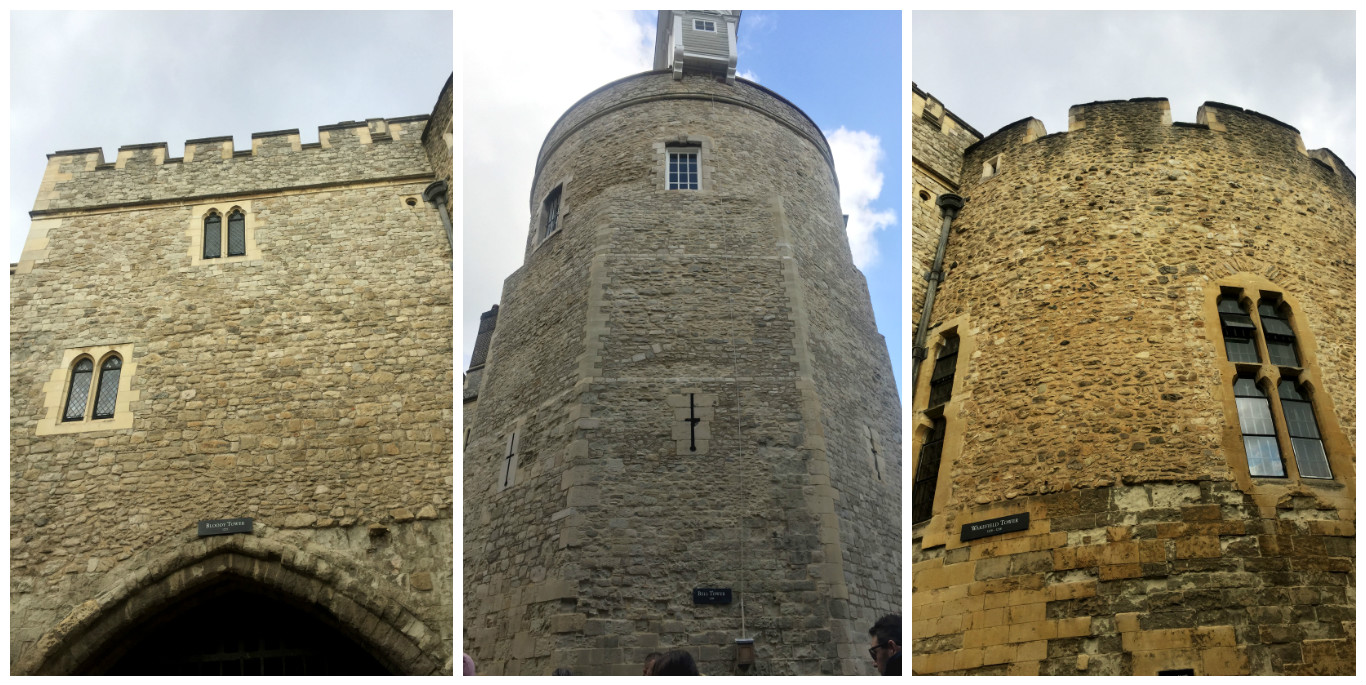
Striking fear into the subjects of England. Seriously. When William the Conqueror ascended the throne to become the first Norman King of England, there were still many rebellions throughout England’s provinces. The White Tower was the tallest building in the area when it was built in the 13th century (it took 20 years to build), and with the pristine bold white paint it appeared a formidable reminder of severe consequences to any uprising. The rest of the property was built to defend this tower.
It housed the Royal Menagerie, before the creation of the National Zoo.

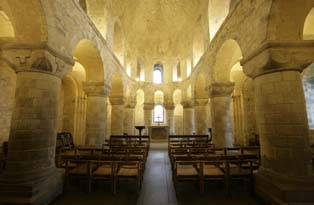
It is the site of the Chapels Royal, which consist of The Chapel of St Peter ad Vincula (1520 AD) and The Chapel of St. John the Evangelist (1078 AD). Royal baptisms, marriages, and funerals were held here.
It was the location of the original London observatory.
Perhaps most impressively, it currently serves as the display room and safeguard for the Crown Jewels.
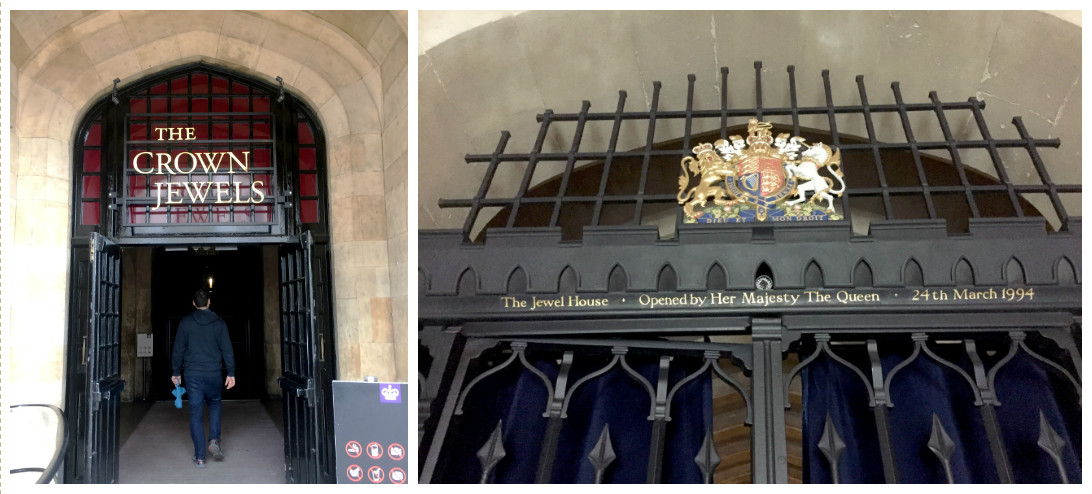
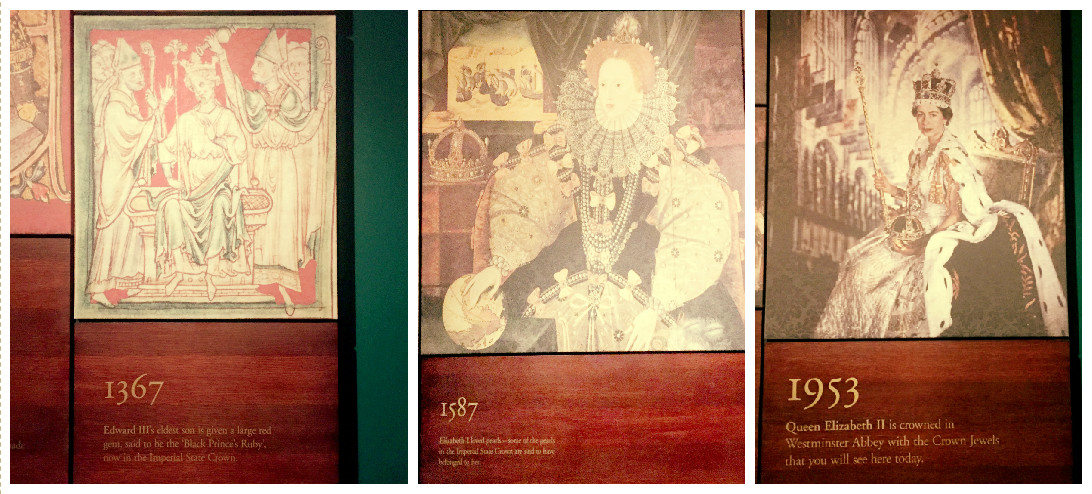

Built 1066, it’s unsurprising that the tower’s seen a lot of changing both within and outside the walls.
We started our tower experience with possibly the most entertaining tour I’ve ever been on in my life (while still remaining exceptionally chock-full of history), given by a real Yeoman Warder. Yeoman Warders are part of the Royal Bodyguard and are the oldest uniformed guard in world, having existed for over 900 years. To serve at the tower as a Yeoman Warder, you must have served 22 years with the armed forces.
Our guide, Dave (Twitter handle @BeefeaterDave—highly recommended for fun/funny historical facts) told us he’d served for 26 years and is an avid history lover. He is highly decorated, as apparent from his colorful stripes/badges (one of them was for having a perfect record for his first 18 years of service!). He even guarded over the tower’s last prisoner in 1941: Rudolf Hess, Deputy Chancellor of Nazi Germany—basically Hitler’s #2 (who, he shared, didn’t seem remorseful in the least for his crimes). He doesn’t mess around either. One guy tried to take pictures in a church and he got seriously embarrassed. I feel like we lucked out in getting him to show us around, but it’s possible they are all as well-regarded and hilariously charming.
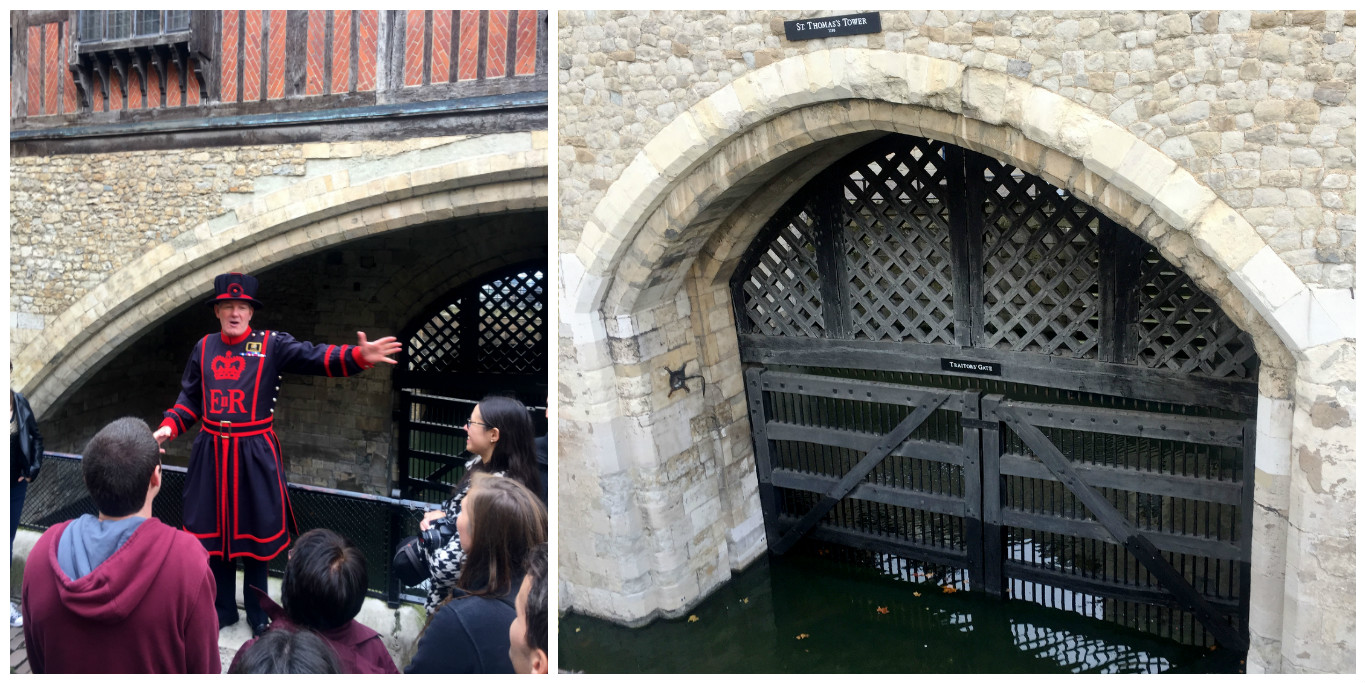
We started at the Bell tower, the oldest surviving curfew bell in London that is still sounded at end of each day. There is also a Ceremony of the Keys which has happened every single night for at least the past 700 years. I looked into booking tickets a couple weeks before our trip to London, but found that they’re fully booked until July 2017!
Anyway, St. Thomas’ Tower sits above Traitor’s Gate. It’s named after Sir Thomas More, a friend of Henry VIII who refused to recognize him as head of the church. He was publicly beheaded and then canonized as a Saint 100 years later for his conviction to the Roman Catholic faith.

There were many executions in London, but to be executed at the Tower was an honor, if you could call it that. Only close friends of the monarch or those with exceptional prominence were executed here. In fact, there were just 22 executions within the tower walls including those of Anne Boleyn (Henry VIII’s wife with 6 fingers), Lady Jane Grey (the queen for just 9 days), and Guy Fawkes (who was hung, drawn, and quartered).
Just a few of the more gore-filled/interesting stories:
The Bloodiest Execution of all
Charles II, known as the merry monarch, had 16 known children—though his wife had none. His eldest illegitimate child, James Scott, led the Monmouth rebellion to try and take the crown as the eldest son of the king. He was captured, escaped, and then was captured again a week later. He was taken to tower hill for execution, by now-famed executioner Jack Ketch.
I didn’t know this, but apparently executioners were not paid by the government. They only received money from the condemned him/herself, who would pay to ensure a swift death (“Their ‘severance pay!'” said Dave).
James Scott didn’t pay, and as the story goes, Jack Ketch sank the blade into his shoulder blades. The second blow hit him in the back of the head. The third hit the side of the head, scraping off his ear. A fifth blow finally hit his neck—and went in about 2 inches. He then pulled out a Butchers’ knife and carved his head off.
The head was brought back to tower and sewn back on the body. It was buried here in the chapel and we still don’t know why. (He was executed outside the tower walls. Heads of the executed outside the walls were usually placed on stakes on the London Bridge.)
The Bloody Tower
The Garden Tower became known as Bloody Tower during the reign of Elizabeth I because of its tragedies.
In 1483, 12-yr-old Edward became king and they were left under the care of his uncle Richard. He and his 9-yr-old brother disappeared shortly after, making their uncle King Richard the third.
Their bodies were eventually found buried in front of the White Tower in 1674.
Short and Sweet Blurbs on Other Prisoners
Not-so-short and not-so-sweet
Sir Walter Raleigh, writer, poet, and explorer, was imprisoned here for 13 years. He was tortured every single day. During this time, he also wrote The History of the World Vol. I and other works.
The Pennsylvania’s Connection
William Penn was held prisoner here and was only released on one condition: leave and never come back. He went on to the colonies, forming a Quaker region of Pennsylvania.
All the people executed here, and some executed on Tower Hill, outside these walls, were buried here. Queen Victoria was so moved upon hearing the stories of some of those executed here, she ordered all the bodies buried here be dug up, identified if possible, and given a proper burial.
As I mentioned earlier, the tower was originally the site of the first observatory tower. In these days, ravens were as common as pigeons. And they particularly liked the tower, where executions were held, flying back and forth between the bloody site and the staked heads on the London Bridge. Sadly, this meant the very first Astronomer Royal commissioned to study the sky found he spent most of his days cleaning raven poop, so he took his grievances to a sympathetic King Charles II. An advisor reminded the king of an old superstition that if all the ravens left, the crown and tower would fall. So King Charles II made a decree ordering that there always be ravens here forever more. Though they got rid of most of them, the tower has maintained at least 6 on site at all times since. Superstitions remain and there are currently 7 ravens on site, with one more on the way.
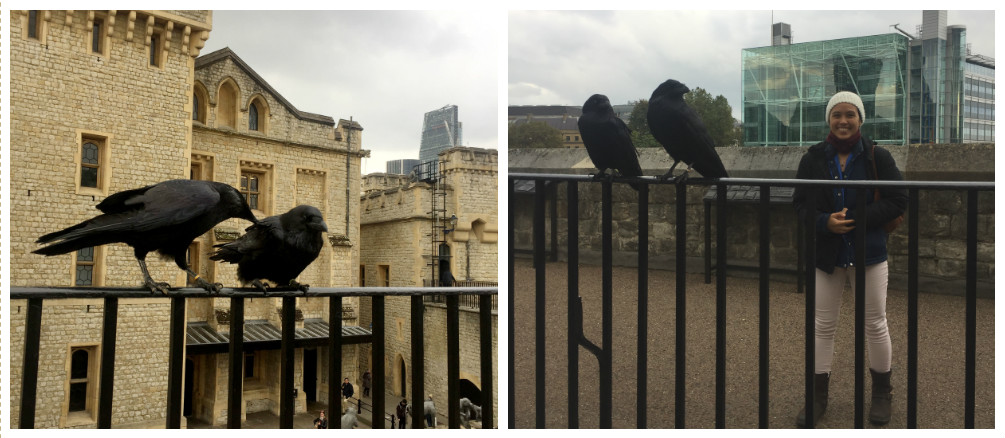
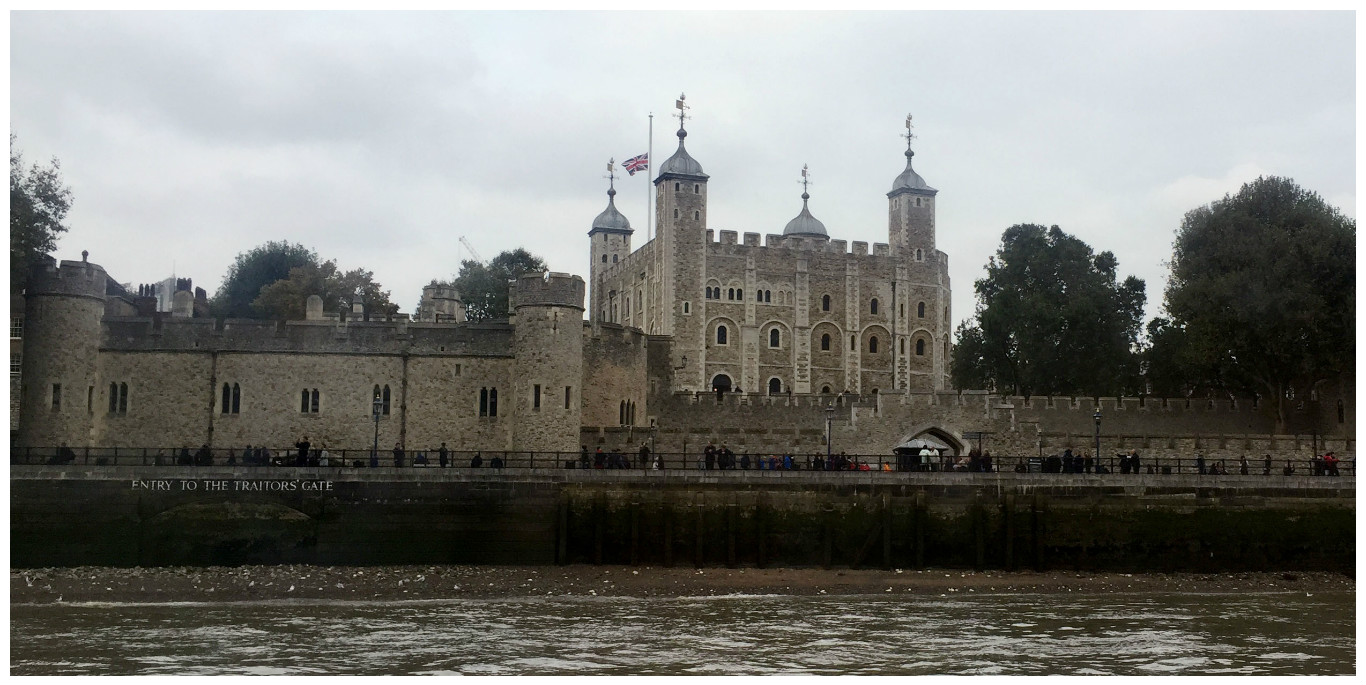
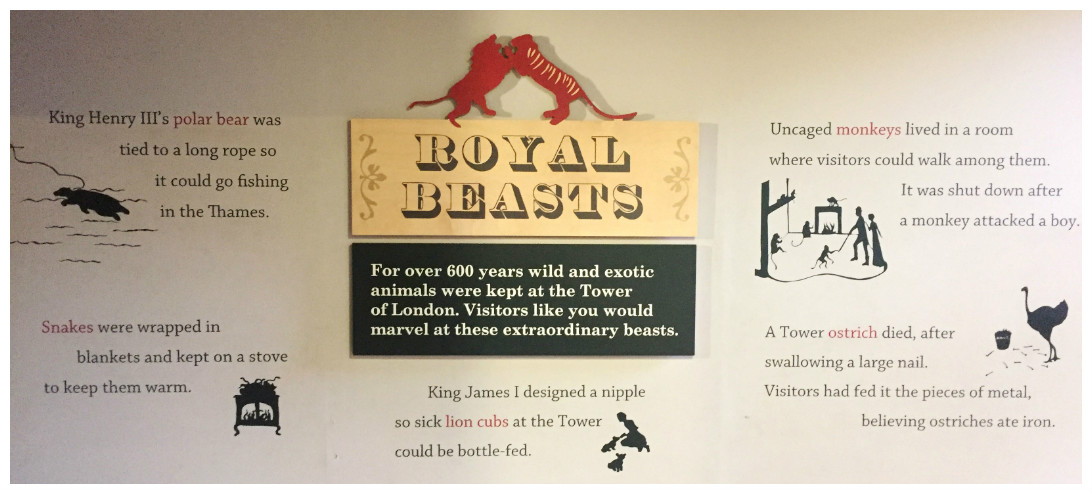
So much history.
Yes! I didn’t really know what to expect coming here but was blown away at how much I enjoyed it.